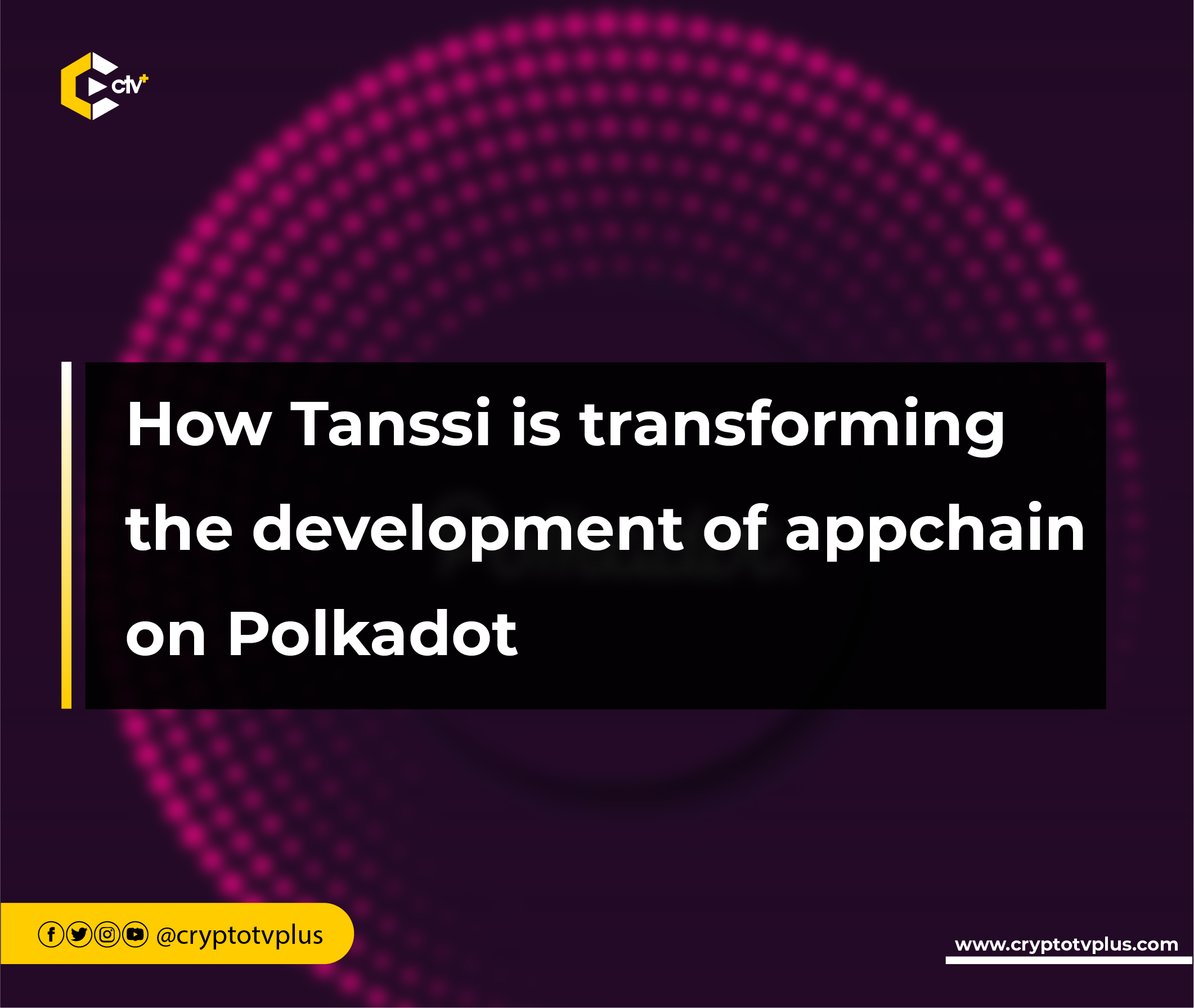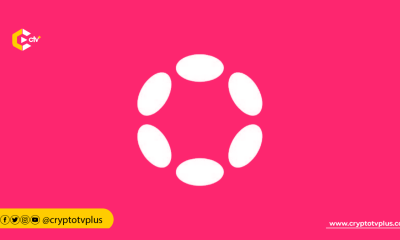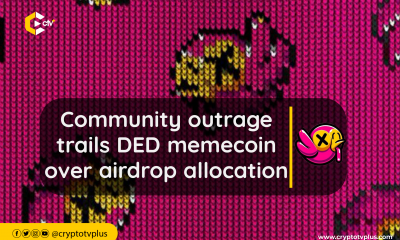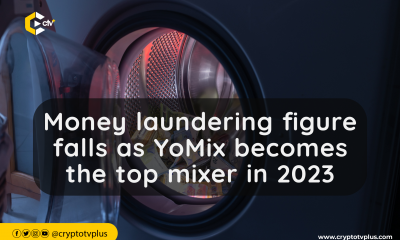FEATURED
How Tanssi is transforming the development of appchain on Polkadot

Tanssi, which means “dance” in Finnish, was introduced at the Sub0 conference by Gorka Irazoqui, the co-founder of Tanssi, as a solution to fast-track app chain development in the Polkadot ecosystem.
During the presentation, Gorka outlined Tanssi’s ambitious goals and the innovative solutions it brings to the table.
What are Appchains?
Appchains, or application-specific blockchains, are blockchains that are designed to operate one specific application instead of multiple apps like a public blockchain is designed to do.
Appchains give web3 developers greater freedom over the economic structure, governance structure, and consensus algorithm for their apps.
It provides developers with customizability, performance advantages, and increased ownership while leveraging the security of the main blockchain.
Appchains are built on top of existing blockchain platforms and have their own consensus mechanism, fees, governance structure, and smart contract language.
Speaking about the importance of Tanssi, the co-founder told the audience that app chains hold a special place in the future of the Web3 industry with heightened interest shown by developers.
However, he said that developers face certain challenges when creating them.
Challenges
According to Gorka, while traditional smart contract platforms tie developers to the platform’s limitations, appchains break those boundaries. Developers can create chains that accept multiple tokens for gas, offering a new level of token utility and decentralization.
Security is paramount in blockchain development, and app chains open up new possibilities. Developers can choose whether their block producers are centralized or decentralized, providing flexibility in governance models.
Additionally, app chains can innovate in token utility, paving the way for unique use cases and decentralized applications.
The solution
The co-founder further said that building appchains is not a straightforward process. Developers need to coordinate with RPC providers, collectors, indexers, and wallets.
Ensuring cross-chain compatibility and implementing bridges can be complex and time-consuming, and this is why Tanssi was created.
He noted that Tanssi offers block production as a service, making it easier to convince collectors to work with app chains. Data availability is also addressed, ensuring that app chains have the necessary nodes to store their history.
Tanssi also provides templates for app chain deployment, easing the learning curve for newcomers to the ecosystem.
Tanssi Architecture
Gorka revealed that Tanssi adopts a sibling-to-sibling relationship with parachains, ensuring each container chain has its own execution core. This design choice aims to optimize throughput while maintaining security.
The architecture also includes mechanisms for tracking and verifying authorities, preventing unauthorized block production.
Tanssi’s vision has attracted a diverse range of projects within the Polkadot ecosystem. Its next test net release is eagerly awaited by developers looking to deploy their app chains more efficiently.
Read also; Sub-Zero 2023: Polkadot’s co-founder shares personal vision for the protocol
























